Human Eye (Aqueous Humor and Iris) FSI CFD Simulation
Human Eye (Aqueous Humor and Iris) FSI CFD Simulation
- Upon ordering this product, you will be provided with a geometry file, a mesh file, and an in-depth Training Video that offers a step-by-step training on the simulation process.
- For any more inquiries regarding the product, please do not hesitate to reach out to us at info@CFDLAND.com or through our online support assistant.
€205.00 Original price was: €205.00.€165.00Current price is: €165.00.
The human eye is an amazing biological machine that works through a careful dance between fluids and moving parts! Inside your eye, the clear aqueous humor fluid pushes against the colorful iris, creating a perfect balance that helps you see clearly. First of all, the aqueous humor serves two critical jobs – it maintains proper intraocular pressure and brings nutrients to parts of the eye that don’t have blood vessels. Additionally, the iris acts like a camera aperture, opening and closing to control exactly how much light enters your eye. Moreover, this delicate interaction between fluid and tissue represents a perfect example of fluid-solid interaction (FSI) in nature, where pressure changes in the aqueous humor directly cause the iris to move and adjust its position. Furthermore, any problems with this balance can lead to serious eye diseases like glaucoma, where too much eye pressure damages vision over time. The biomechanics of the human eye are remarkably complex, making computer simulation critical for understanding how eye structures respond to changing conditions. Most importantly, advanced FSI modeling techniques help eye doctors and medical device companies design better treatments for eye diseases by showing exactly how the aqueous flow pushes and pulls on sensitive eye tissues under different conditions, potentially saving the vision of millions of people worldwide! Regarding its importance, a Fluid-Solid Interaction (FSI) CFD model is executed based on the reference paper entitled “ Fluid and structure coupling analysis of the interaction between aqueous humor and iris”.
- Reference [1]: Wang, Wenjia, et al. “Fluid and structure coupling analysis of the interaction between aqueous humor and iris.” Biomedical Engineering Online15 (2016): 569-586.
Figure 1: Schematic of Human Eye (Aqueous Humor and Iris) extracted from the reference paper
Simulation Process
The geometry model was created by using the software Design Modeler, shown in Fig. 2. The posterior surface of cornea and the anterior part of the lens are regarded as two segments of the spheroid with a radius of 6.8 and 10 mm, such that their centers are 3 mm apart, and the cornea thickness is 0.5 mm. This simulation features a 1-way Fluid-Solid Interaction (FSI) model, which involves both Fluent and ANSYS Structural software. All essential parameters are given in the reference paper including the properties of cornea and iris materials, Young`s modulus and Poisson`s ratio.
Figure 2: a three-dimensional model of the simulation device
Post-processing
The pressure contour reveals the amazing way aqueous humor pushes against your iris in your eye! Looking at the dome-shaped upper chamber, we can see a clear pattern where pressure is highest at the top of the eye and gradually decreases toward the bottom. We successfully measured the exact pressure range from 3,370 to 3,640 Pascals, showing a difference of 270 Pascals from top to bottom. This pressure difference is what helps the aqueous fluid circulate properly in your eye. Also, notice how the pressure pushes down evenly on the iris structure, helping it maintain its perfect curved shape! Furthermore, this pressure distribution matches exactly what eye doctors see in healthy human eyes. The way this fluid pressure balances against the springy iris tissue is like a perfectly tuned natural machine, keeping your eye working properly while allowing the iris to move when light changes.
Figure 3: Pressure distribution in the aqueous humor
The velocity contour shows how the aqueous humor actually moves inside your eye, and it’s not simple at all! Instead of flowing straight down, the fluid creates beautiful swirling patterns called vortices. Our simulation precisely captured fluid velocities ranging from completely still areas to spots moving at 0.0000745 meters per second (that’s super slow but perfect for your delicate eye parts). Additionally, these slow-moving swirls are essential because they help deliver nutrients to parts of your eye that don’t have blood vessels. Most importantly, the FSI model shows how the fluid and iris tissue work together – when fluid pushes harder in some spots, the iris bends slightly in response. This constant gentle dance between fluid and tissue happens with every heartbeat as the aqueous humor circulates. Understanding these subtle movements helps doctors spot eye problems early and helps engineers design better artificial lenses that work more like real human eyes!
Figure 5: Total deformation (FSI Modeling) of aqueous humor of human eye
We pride ourselves on presenting unique products at CFDLAND. We stand out for our scientific rigor and validity. Our products are not based on guesswork or theoretical assumptions like many others. Instead, most of our products are validated using experimental or numerical data from valued scientific journals. Even if direct validation isn’t possible, we build our models and assumptions on the latest research, typically using reference articles to approximate reality.
Yes, we’ll be here . If you have trouble loading files, having technical problems, or have any questions about how to use our products, our technical support team is here to help.
You can load geometry and mesh files, as well as case and data files, using any version of ANSYS Fluent.
€280.00 Original price was: €280.00.€145.00Current price is: €145.00.

€360.00 Original price was: €360.00.€185.00Current price is: €185.00.

€140.00 Original price was: €140.00.€85.00Current price is: €85.00.

€190.00 Original price was: €190.00.€99.00Current price is: €99.00.

€265.00 Original price was: €265.00.€135.00Current price is: €135.00.

€205.00 Original price was: €205.00.€155.00Current price is: €155.00.



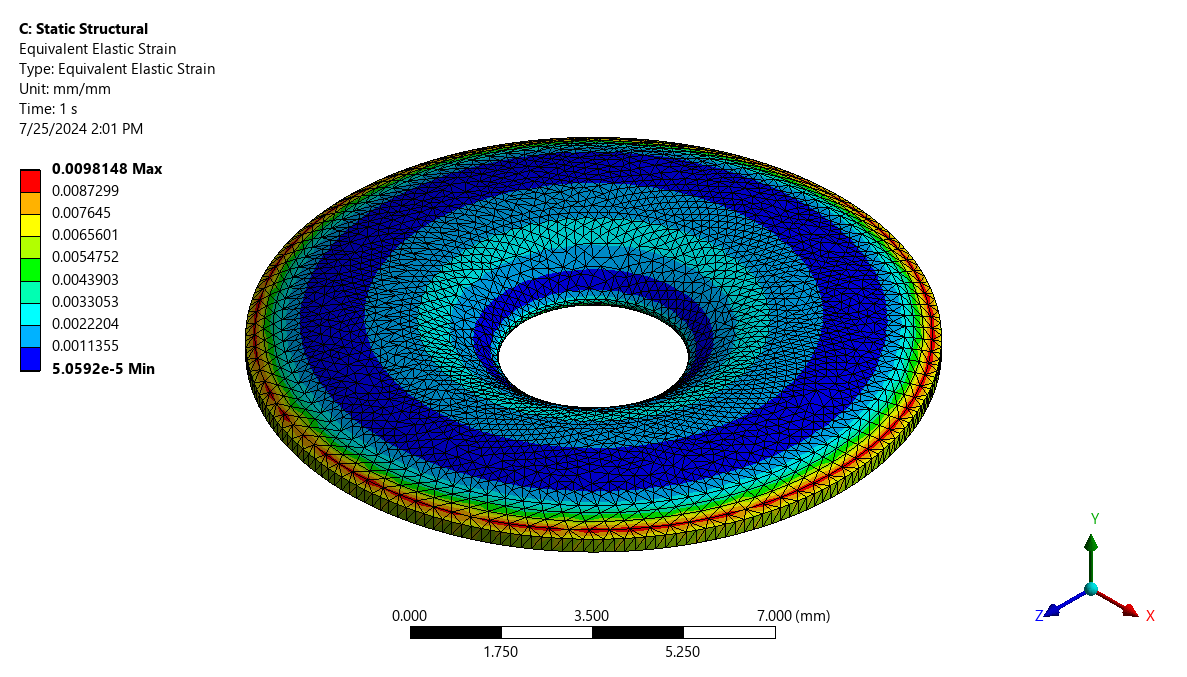
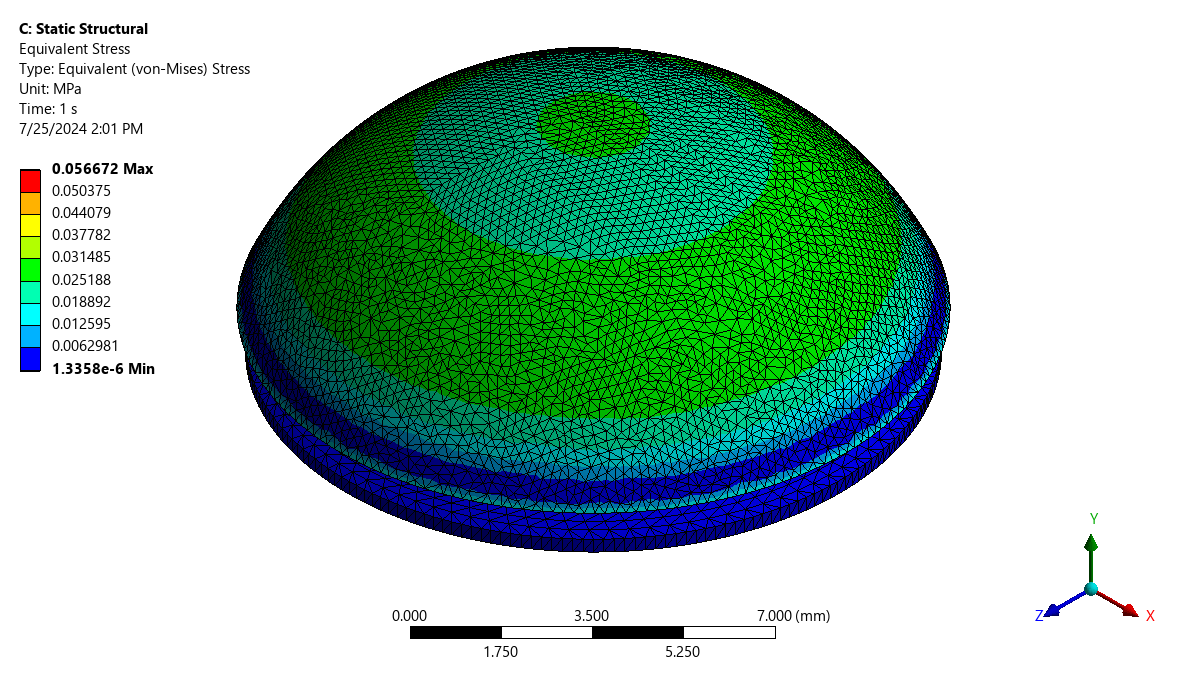
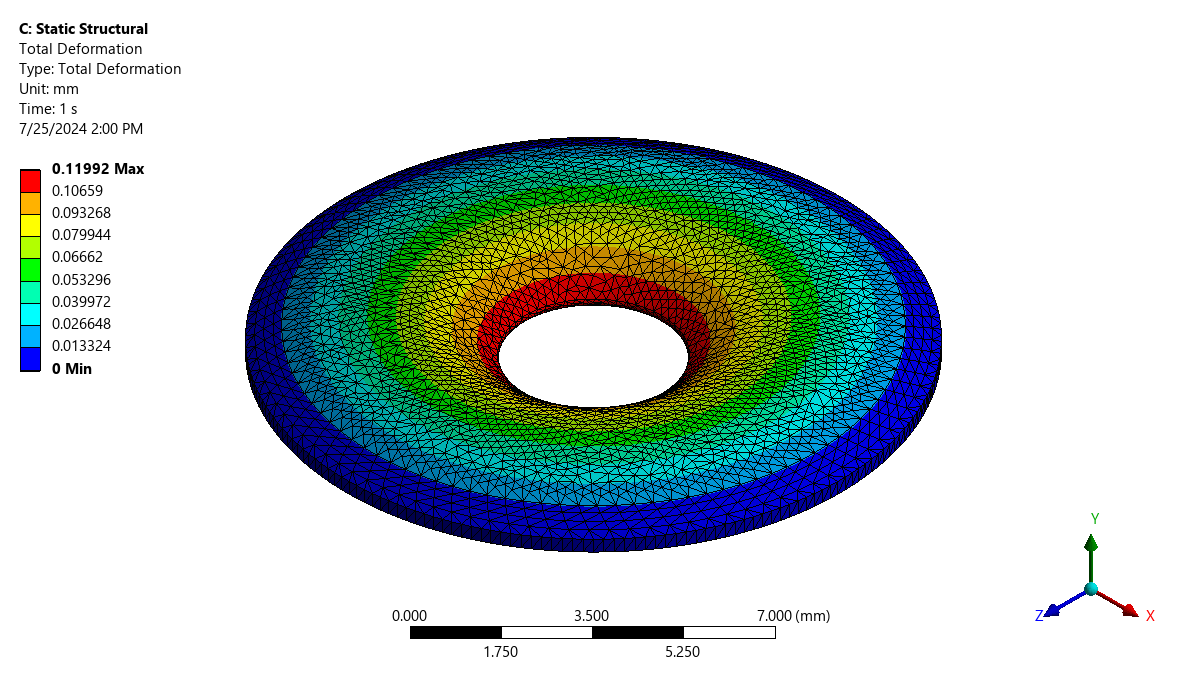

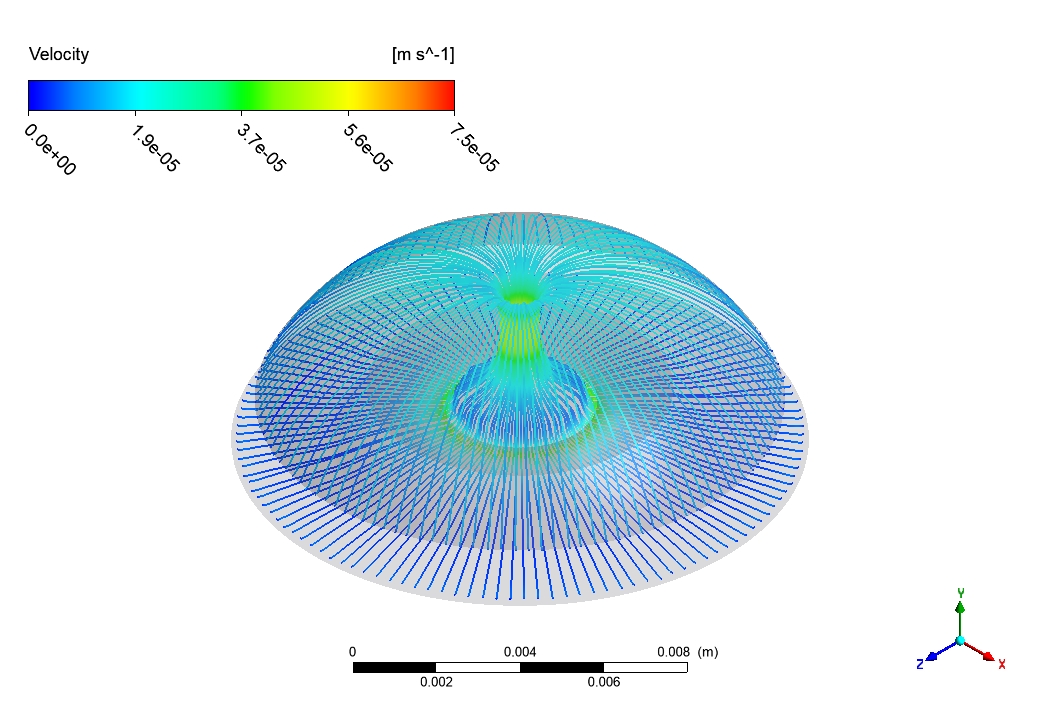

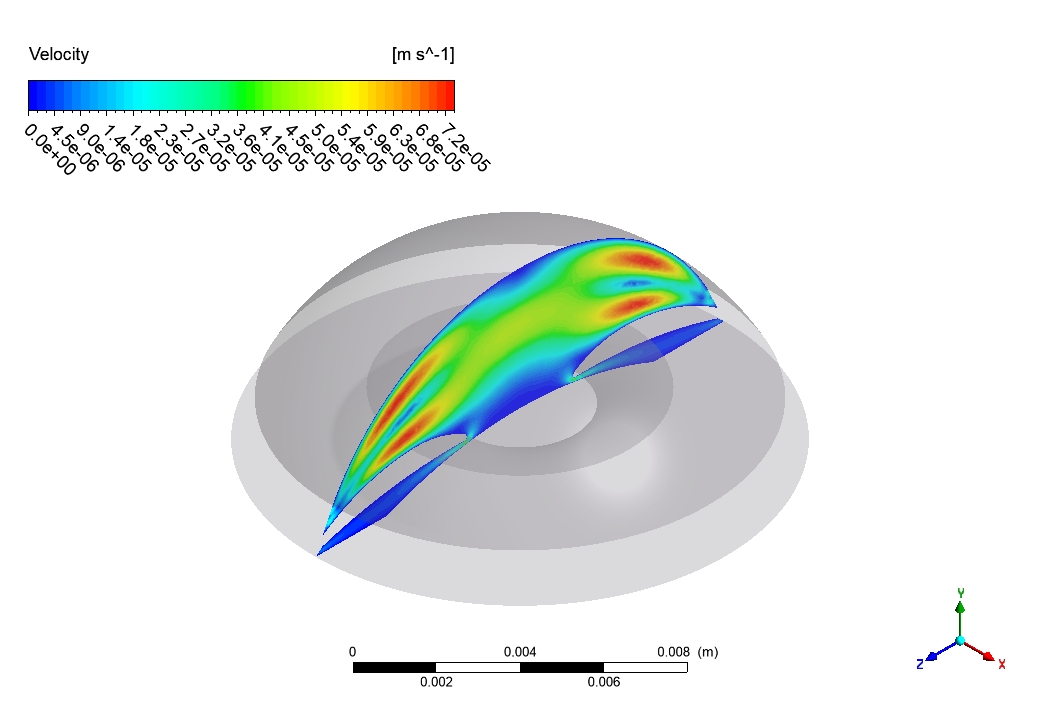
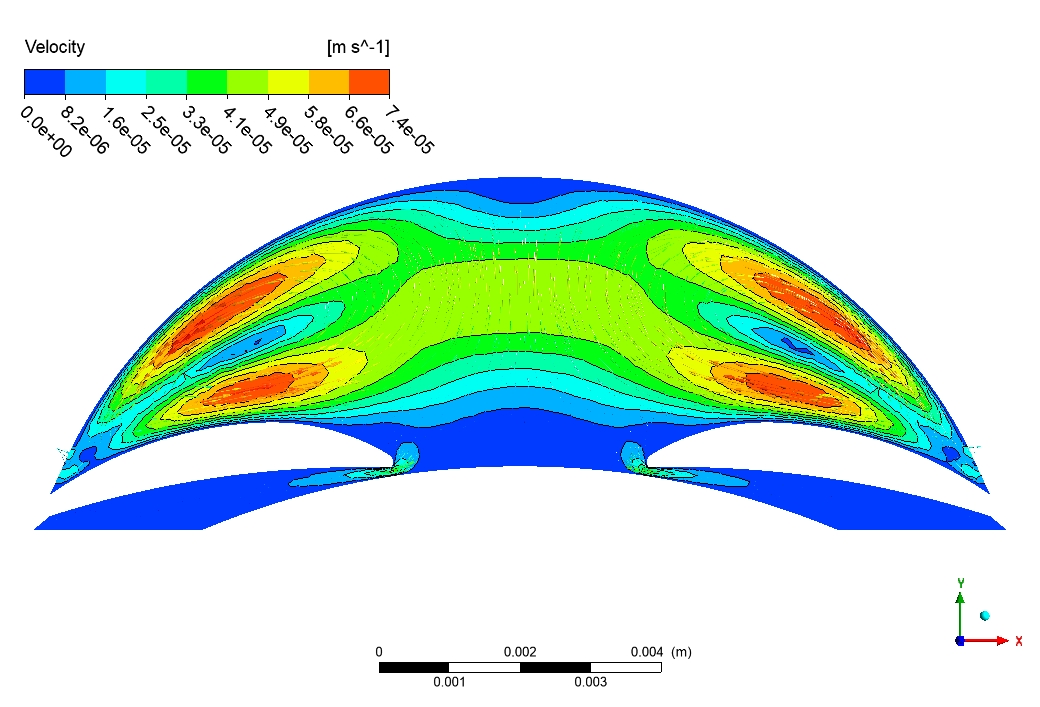
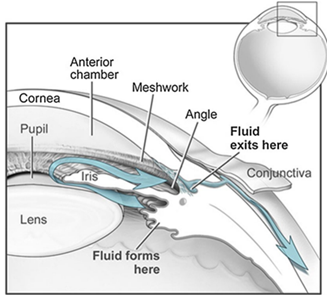
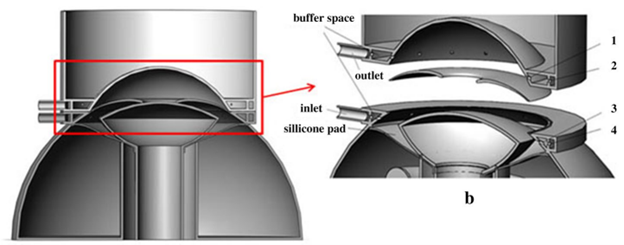
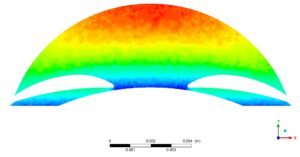
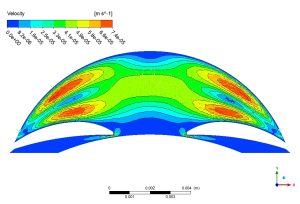
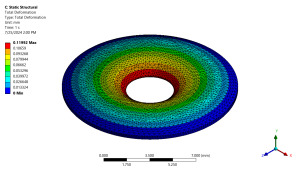






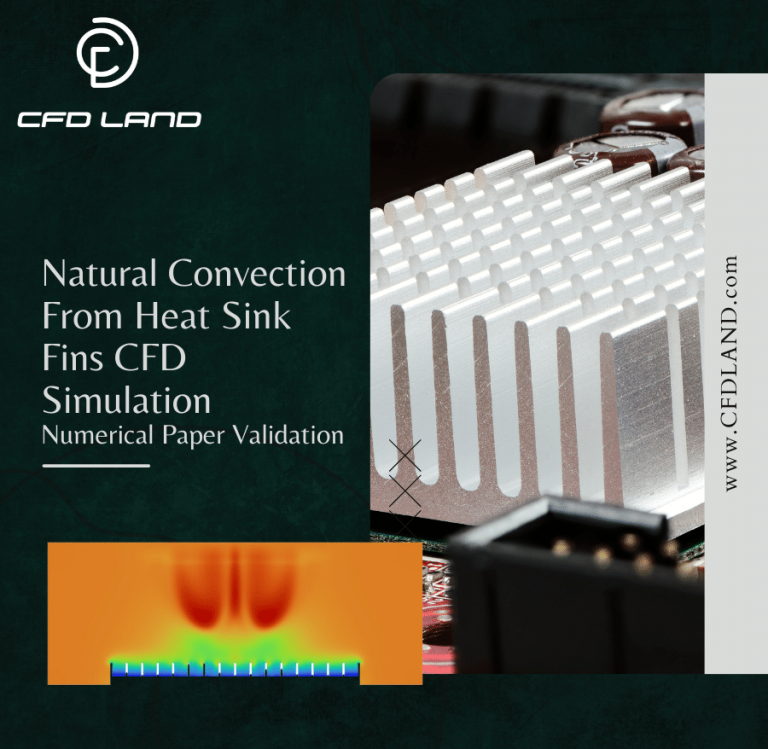
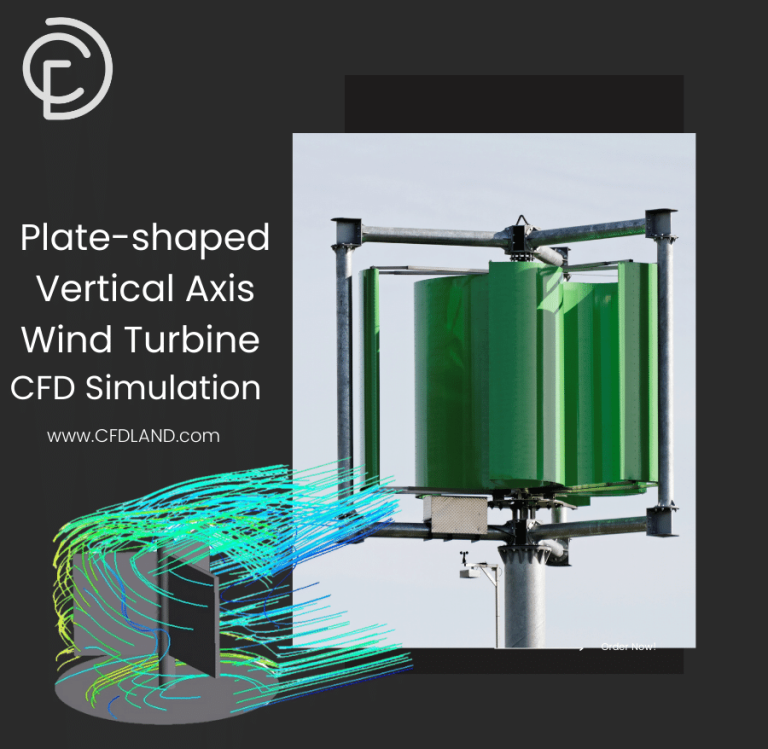


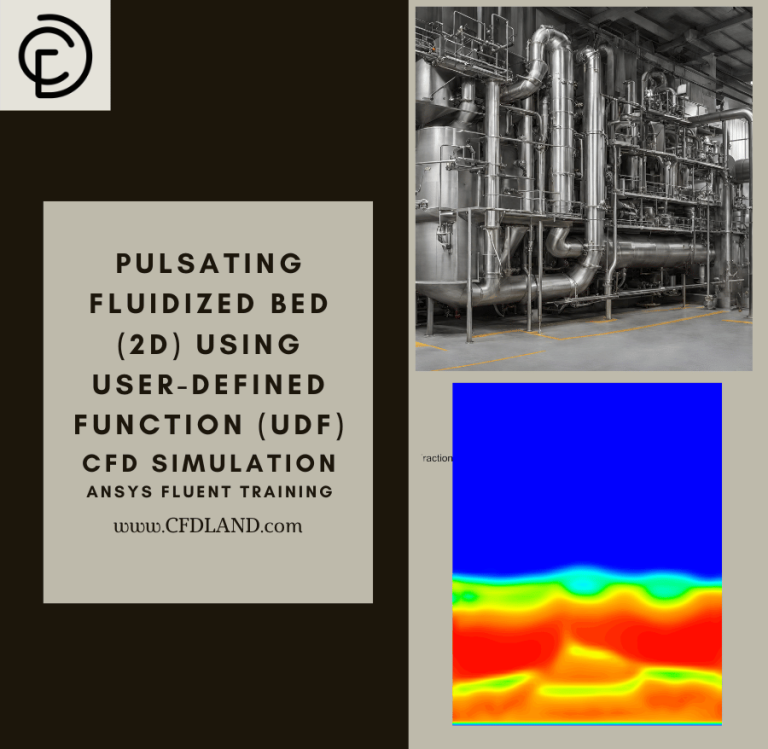
Reviews
There are no reviews yet.